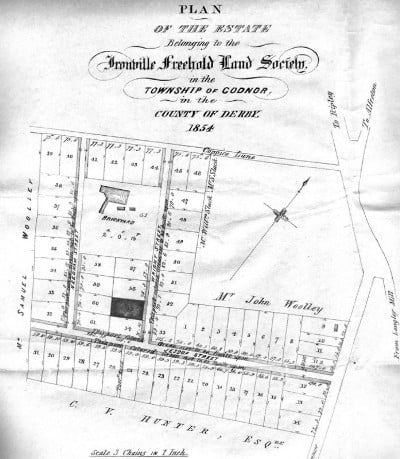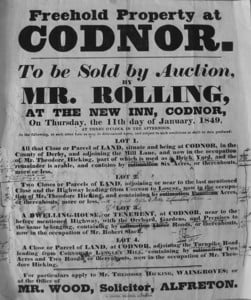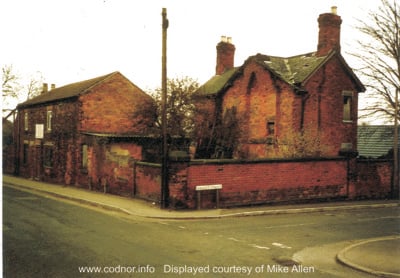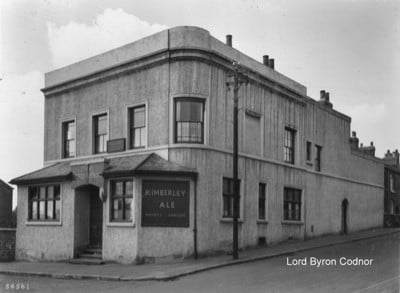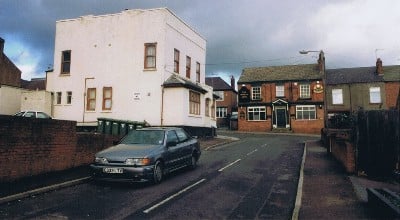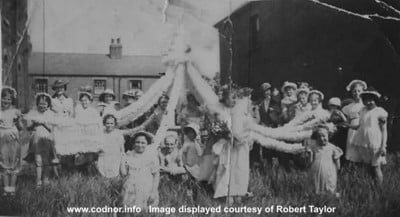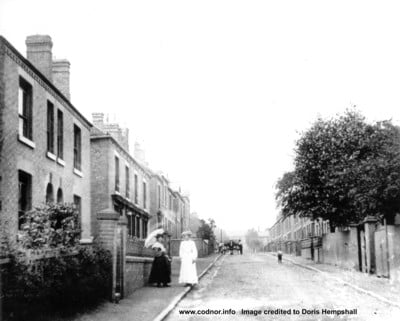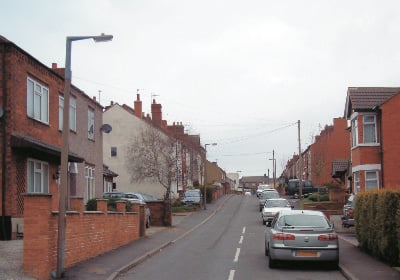
Wright Street
After the death of Walter Butler, Marquis of Ormonde in August 1820, much of his Codnor estate was purchased by the Butterley Company, however a small percentage of land was devised in his Will dated 28th February 1820, to George Gordon, Marquis of Huntley, who later became the Duke of Gordon.
The Parcel of Land totalled 19 acres, 3 Rods and 38 Perches and was part of Codnor Common, which adjoined Coppice Lane (Mill Lane) to the North and stretched all the way down to Heanor Road, Codnor to the East.
The Duke of Gordon sold the land in 1832 to Mr Thomas Hicking, who in turn passed it on in his Will to his Brother Joseph and nephew, Theadore Hicking in 1848.
At about the same time; William Jessop and his brother George together with another partner William Needham formed the Ironville Benefit Building Society, a group tasked with satisfying the chronic shortage of housing for the rapidly increasing population streaming into the area to work in the Butterley Company collieries.
The Society reached an agreement with Theadore Hicking to provide building plots on the Codnor Common Land, The Ironville Freehold Land Society was created and a plan was drawn up showing the new estate.
Three new Streets were developed; Jessop Street, Needham Street and Wright Street all named after directors of the Butterley Company. The streets were divided up into 61 individual plots for sale, each plot capable of accommodating two houses. Bricks were manufactured on site in a brickyard situated mid-way between Needham Street and Wright Street.
Showing the intended layout of the three new streets and the 61 building plots. Note Coppice Road, now called Mill Lane, also note the brickyard established in the middle of the estate. Displayed Courtesy of Gill Alton
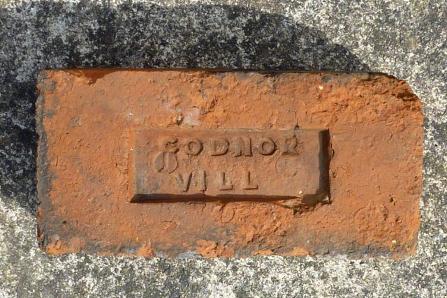
Fig.2 An auction in the Derbyshire Advertiser dated 5th July 1858 Lot 4 is a half share in the brickyard and confirms that it was named Codnor Ville Brickyard. It provided bricks for building many of the houses on Wright Street, Needham Street and Jessop Street from the mid 1800s to the early 1880s. Some of the later bricks being named Codnor Vill.
The above image is displayed courtesy of Martyn Fretwell, who also identifies Robert & Charles Taylor, who are recorded in Kelly's 1857 Trade Directory as brickmakers in Codnor. Later in 1881 the census records Thomas Allcock & his two sons as brickmakers, living at Prospect Place Codnor.
For more information on local brick manufacturers, go to Martyn’s website;
East Midland Named Bricks
Between 1854 and 1900, one hundred and ten houses, several shops, three pubs, a bakery, a school and a chapel were built on this parcel of land. The ancient farming village of Codnor had changed to a bustling mining community almost over night.
Fig.3 This advert from 1849 was found on eBay and it shows some of the lots for sale by auction at the New Inn Codnor.
Fig.4 The old Bakery at the corner of Wright Street and Mill Lane.
Joseph Millot Severn described this as Isaac Severn’s bakery, but I think Isaac was most likely the landowner or builder rather than the baker.
The earliest baker I can find on this site was Thomas Cresswell in 1871 he was followed by Charles Bennett in 1881 then George Steeples, who was running it in 1891 and was still there in 1911. Some of the older residents in Codnor may remember Herbert Hawley being the baker in the 1940s.
There was originally two houses on this plot of land, No’s 1 and 3.
Large gates on Wright Street led down the side of No.3 to a side door where you could buy bread. The Baker would walk across the yard to the back of the bakery to get your loaves or cobs.
The above image was taken after No.1 was demolished.
Lord Byron Public House
Fig.5 Lord Byron Pub 1952, Landlord; James L. Matkin. Displayed Courtesy of Jack Bamford Jnr.
Built around 1870 on the corner of Wright Street and Mill Lane, The Lord Byron public house ran for approximately 120 years before it closed in the early 1990s and was converted into apartment flats.
Some early Lord Byron publicans.
Edward Gregory 1874
Charles Bailey 1891-1899
James Searson 1901-1912
Mary Ann Searson 1922-1928
In the book ‘My Village’, Joseph Millot Severn gives the following description of the Pub;
“The Lord Byron Inn and Brewery, at the corner of Wright Street, never seemed to be as popular as the other public houses.
My first recollection of it was when I wandered away from my uncle’s, with whom I lived at Waingroves, probably when about five years of age.
I stayed gazing about here, for it verily seemed as if I had got into a foreign country, to which people who stole and did wicked things were transported.
The father of a schoolmate of mine named Bannister, had just been transported for life, and the dreadfulness of it was still on my infant mind. People were then transported for what would now be accounted trivial offences. Everybody was appalled by the fear of it, and children as well as grown-ups were constantly warned that if they did this, that, or the other, they would be transported.
I set to wondering what could be behind the partially closed, curious venetian sort of window shutters of the brewery, and looking over the fields to the left, having then no comprehension of distances, I thought this was surely the end of the world, and the dungeon-like brewery was a solitary place of detention.
Not being able to find my father who lived at Codnor, and getting a bit nervous, lest a big hand. might pick me up and drop me over the house tops into the brewery on the other side, I hurried back, a sadder, strangely mystified, but not a very much wiser child.
This inn had always a dreary desolate appearance, with a step or two up to the front door, which was usually closed; one only occasionally saw anyone go in, and as the windows were high, there was no chance of peeping in to see what was going on inside; but the most curious thing that I remember is that high up on the window shelf inside was a row of incongruous busts of heads, each different, which would more appropriately have adorned a phrenologist’s consulting room.
They were not much noticed in the daytime, but at night, when the blinds were drawn, and lights inside reflecting on them, these heads were silhouetted in bold outline on the blind, and gave the appearance of the place being chock-full of customers.
Years after, when I was grown up, these dummy heads could still be seen on the window shelf.”
By Joseph Millot Severn
Fig.7 This photograph taken in 1939 shows Maypole Dancing on the patch of land belonging to the Wright Street Wesleyan Chapel, which can just be seen on the left of the picture, the building on the right is Warren House.
The girl kneeling at the front is Joyce Taylor ( nee Fletcher).
Wright Street Methodist Chapel (Primitive)1880
Warren House, Wright Street
Click on the above link to take you to the Arnold Warren Page
Fig.8 Looking up Wright Street circa 1900.
Note the second block of houses on the left, now demolished and the site of two modern semi-detached houses. Also the horse and cart outside Warren House.
Fig.9 A modern photograph taken from approximately the same position for comparison.
Information for this page was obtained from the following sources.
The Heritage of Codnor & Loscoe, by Fred S Thorpe 1990
My Village, by Joseph Millot Severn.
Kelly's Trade Directory 1941
1871, 1881, 1891, 1901, 1911 census
